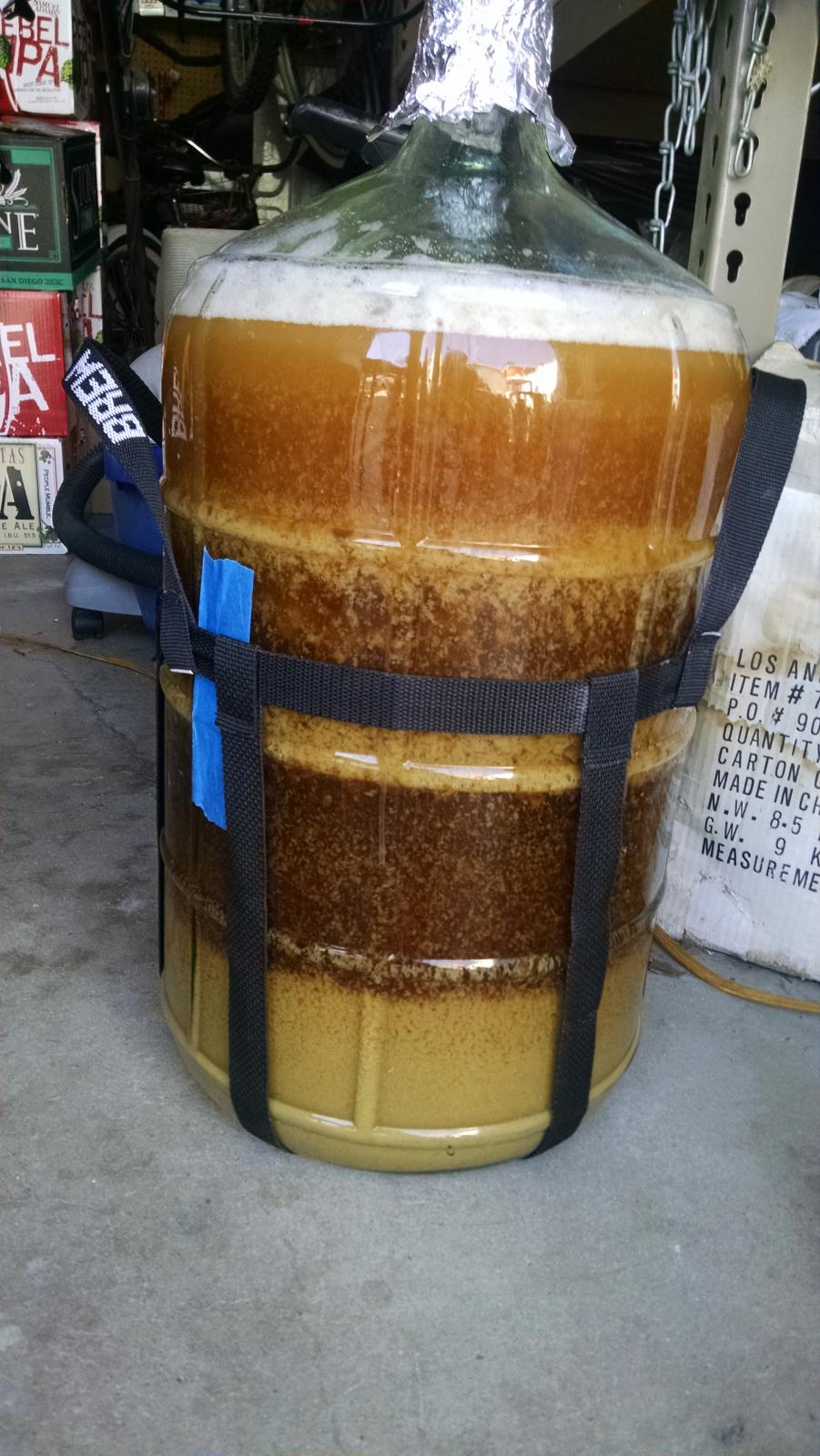Howdy. New to the forum, still somewhat new to brewing.
I've brewed a couple extract kits so far, and they've turned out well. However, I'm looking to make the hops filtering process easier. When pouring the wort from the kettle into the fermenter, I've been using a combination of a large mesh strainer and an in-funnel strainer to remove the mess of the hops pellets. However, this is very cumbersome and time-consuming as the strainers quickly clog up with hops debris. Is there a better way of doing this? I came up with the idea of maybe installing a ball valve connected to a false bottom, but I'm not sure how well that would work. I figure installing a ball valve and thermometer in my kettle couldn't hurt either way, though. Would certainly reduce the mess from pouring from the top of the kettle.
I've brewed a couple extract kits so far, and they've turned out well. However, I'm looking to make the hops filtering process easier. When pouring the wort from the kettle into the fermenter, I've been using a combination of a large mesh strainer and an in-funnel strainer to remove the mess of the hops pellets. However, this is very cumbersome and time-consuming as the strainers quickly clog up with hops debris. Is there a better way of doing this? I came up with the idea of maybe installing a ball valve connected to a false bottom, but I'm not sure how well that would work. I figure installing a ball valve and thermometer in my kettle couldn't hurt either way, though. Would certainly reduce the mess from pouring from the top of the kettle.







![Craft A Brew - Safale BE-256 Yeast - Fermentis - Belgian Ale Dry Yeast - For Belgian & Strong Ales - Ingredients for Home Brewing - Beer Making Supplies - [3 Pack]](https://m.media-amazon.com/images/I/51bcKEwQmWL._SL500_.jpg)


















































